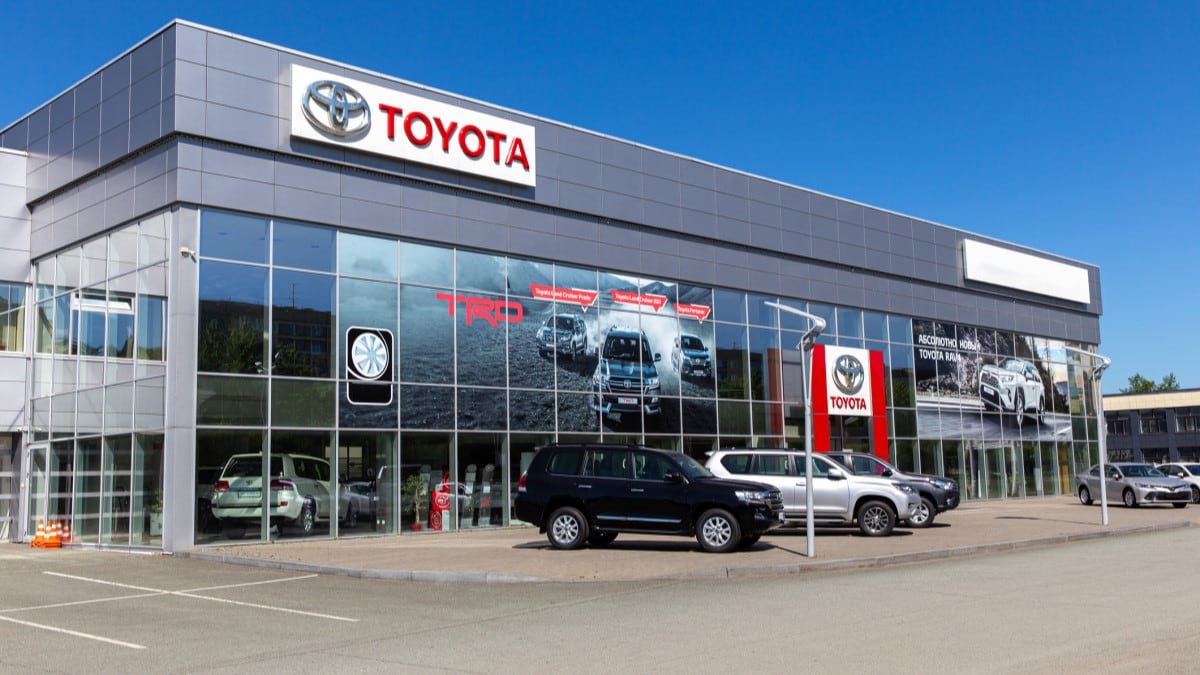
The supply of new cars for sale in America topped 3 million at the end of October – the first time since the start of the COVID-19 pandemic that dealers have had that many cars to sell. Automakers compete for sales by marking down prices when new cars are plentiful.
A ready supply is having the usual effect. Incentives made up 7.7% of the average new car sale last month, up from 7.2% in October. We expect to see incentives rise as year-end approaches. They usually do.
Related: The Best Times of Year to Buy a New Car
Kelley Blue Book parent company Cox Automotive also owns vAuto, a company that helps dealerships manage their inventory. Data from vAuto shows that dealers now have 3.04 million new cars available.
An Average Made up of Extremes
Car dealers track their inventory in a metric they call days of supply – how long it would take them to sell out of new cars at the current sales pace if they couldn’t acquire more. Traditional industry practice says to keep 60 days’ worth on hand and another 15 on order or in transit.
Dealers ended October with an average of 85 days’ supply – 14% higher than last year.
But that average is made up of extremes. Some brands have few cars in stock. You should expect to pay close to or above sticker prices at those dealerships. Others are oversupplied and looking to offer discounts to move metal.
Dodge, Jeep, Ram, Others Chipping Away at Oversupply
Stellantis – parent company of Alfa Romeo, Chrysler, Dodge, Jeep, Maserati, and Ram, has spent much of 2024 dealing with an overstock problem. It’s been severe enough to force hard decisions and leadership changes at one of the traditional Big Three automakers.
Related: Troubled Stellantis Could Shutter Some Car Brands
Those brands led the industry in discounts last month. It’s working. All remain over 100 days’ supply but have cut the size of their problem.
Ram, for instance, finished September with a 142-day supply. It ended October with 133. Jeep cut its backlog from 126 to 114. We expect the brands to continue offering deals as year-end approaches. But the more the tactic works, the less necessary it becomes.
Related: Is Now The Time To Buy, Sell, or Trade-In A Car?
Lincoln led the industry with a 168-day supply. Jaguar was in an even worse position, but that number is an outlier because the company is in the process of reconfiguring its lineup and selling few cars.
Toyota, Lexus Living With Short Supply
At the other end of the scale, Toyota and its Lexus luxury brand have just 35 days’ worth of cars to sell each. The two companies have kept inventory low throughout the post-pandemic period. It means buyers can’t always find the combination of colors and features they want. But it keeps them paying closer to sticker price, and means shoppers shouldn’t expect significant incentives at those brands.

